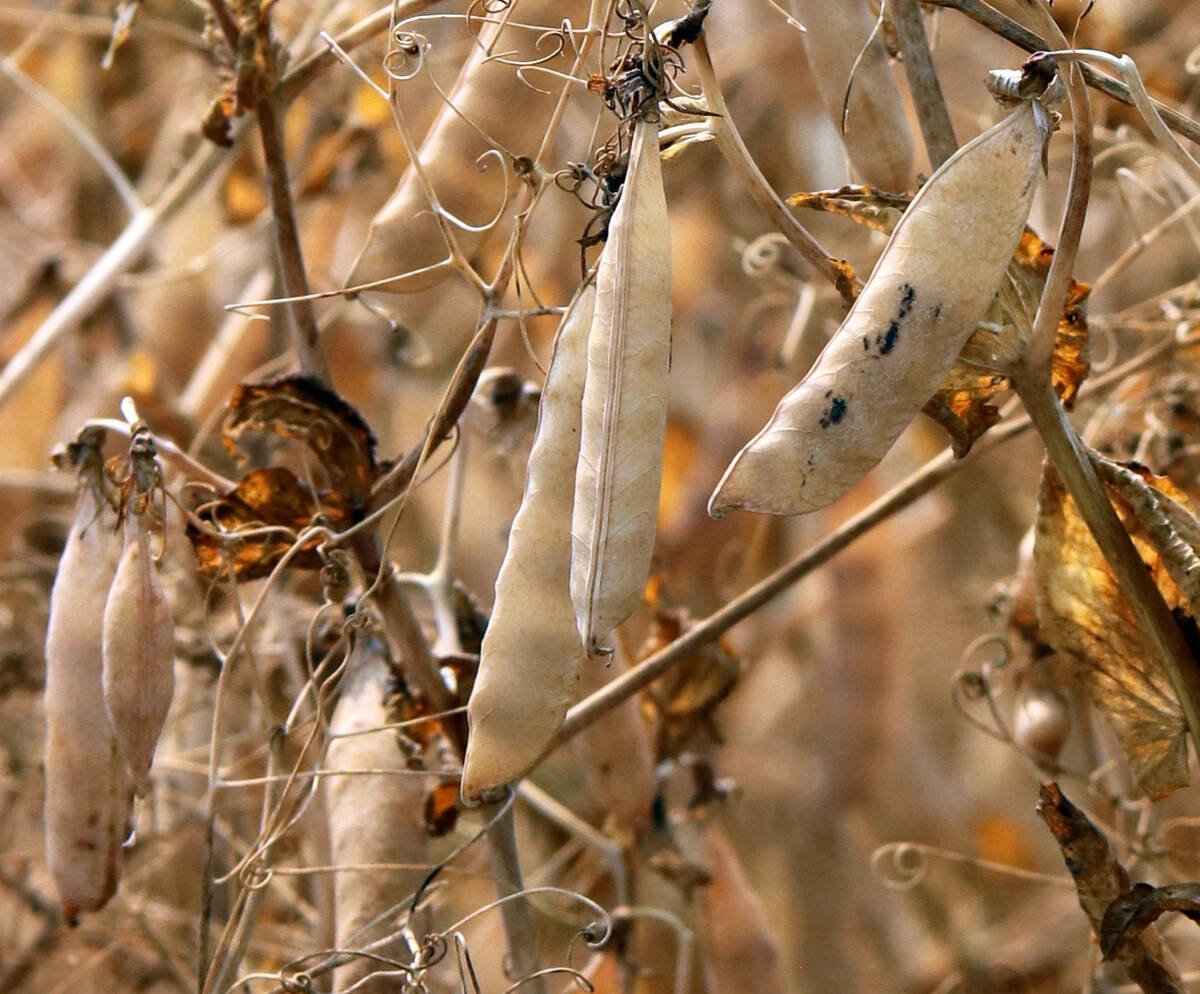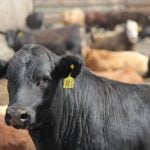Milk yields | Ongoing research into mammary development could help hog producers see improved performance
Milk yields from modern pigs are up from previous generations, but that doesn’t mean piglets are necessarily better fed.
Today’s sows are responsible for feeding larger litters of piglets, which means the amount of milk ingested per piglet has decreased.
“We have nice hyper prolific sows, but we now have to work on increasing sow milk yield so that all these little piglets can have optimal growth, which is absolutely not the case at the present time,” Chantal Farmer, a swine researcher with Agriculture Canada, told the Banff Pork Seminar last month.
Read Also

Trump’s tariffs take their toll on U.S. producers
U.S. farmers say Trump’s tariffs have been devastating for growers in that country.
Farmer said researchers have overlooked mammary development. Officials have noted a correlation between the size of mammary glands and milk yields.
Milk is the primary energy source of piglets, and improving milk production will mean better piglet growth. Farmer said it seems obvious, but precise methods haven’t been developed to specifically manage replacement gilts for the development of that trait.
Hormones and nutrition play a role, which make up part of Farmer’s research efforts.
She cautioned producers against restricting feed in animals older than 90 days because it affects mammary gland development.
The hormone prolactin can boost milk yields, but it isn’t readily available for commercial use, which has Farmer looking for alternative supplements.
She has studied feeding flax to pregnant and lactating sows and has discovered that lignans, the phytoestrogen found in flax, may increase mammary development in offspring at puberty.
Farmer is also examining other ways to increase estrogen in prepubertal period, as well as guidelines for body condition.
“Body condition must be looked at closely,” she said about an ongoing project studying back fat and mammary development.
The only other work done on the topic examined animals with back fat measurements of 25 to 36 milli-metres, which doesn’t reflect commercial production.
“Nobody has a sow with 36 mm of back fat … but that’s all I can tell you. That’s all the information available,” she said.
“It tells you an overly fat sow will have poor mammary development and will have less milk yield in the next lactation.”
Farmer’s research will look at animals with less back fat, with 25 mm being on the high end. Results of that work will be coming in the next year and a half, she said.
“Then producers will be able to feed animals to achieve that thickness,” she said.














